In Defense of: Crappy Handling Cars

Despite this website’s constant ruminations on the handling capabilities of various contemporary automobiles, the truth about cars is this: on any road that isn’t The Tail of the Dragon, you can set the cruise control to 10mph over the limit, put your feet up and just steer. Above that, well, what sets the lowly Camry and its ilk apart from cars whose dynamics get the Serious Drivers’ Seal of Approval is how quickly things start to get dicey. And that’s where the real fun begins.
I’ve driven plenty of machines renowned for their handling prowess. They all lived up to the “on rails” cliché. In fact, cars like Porsche’s legendary ass-engined 911 or BMW’s sublime 3-Series only start to get interesting when you approach triple digits. So, when do you drive through the twisties at triple-digit speeds? Let me venture a guess, and say that, like H.M.S. Pinafore’s Captain Corcoran, the answer is “hardly ever.” The high handling limits limit your driving fun to the track or simple S&M (standing and modeling).
To me, a car only becomes fun when adhesion starts to degrade; when the front end starts to get light; when the body pogos like the audience at a Devo concert. Cane a car with track-worthy handling and you might as well be sitting at home playing a video game. Except for the G-forces, the experience is the same, and at home you don’t have to worry about speeding tickets and/or finding a place to pee. With a truly marginal car, going fast means you're working hard just to survive. Now that’s what I call entertainment!
My formative driving years were spent behind the wheel of a 1965 Dodge Custom 880 with bad tires and worse shocks. At three years old with 60-odd thousand miles on the clock, it was already deep into its jalopyhood. I drove that car between Brooklyn and my Jersey Girl’s house, via the West Side Highway (slick cobblestones, narrow lanes, and S-curves) at near-suicidal speeds.
The car and road combo taught me quite a bit about real-world handling, as did the route to Jersey Girl’s replacement, which included the full length of the wonderfully primitive Interboro Parkway. By that time, the Dodge had been replaced by a 1964 Jaguar Mark 2 sedan, which was a whole other kind of treacherous, but no less entertaining and educational.
Then there was the 1965 Mustang convertible, a zippy 289 four-speed that had spent its early years traversing the potholes of Manhattan and the frost heaves of the surrounding highways. By the time I got it, the chassis sagged half an inch if both doors were opened at the same time. Needless to say, I was in top-down heaven. Too much power, too little chassis and rock-hard bias ply tires meant that I could break loose the rear end pretty much at will, and did so at every opportunity.
Then there was the ’63 Corvair. While not quite the rolling coffin that Ralph Nader claimed it to be, the Corvair’s handling presented a challenge to the unwary. Despite having less power than you’d need to pull the skin off a bowl of pudding, that Corvair took me off-road, ass-end first, more than once. After a while, I learned the trick, which was to drop the front tire pressure to about half that of the rear.
Around that time I began to notice that Porsche drivers flashed their lights at each other, like members of some secret society. We members of the lumpen proletariat thought they were just rich, smug a-holes. In truth they were members of a secret society, and even though nobody knew it at the time, so were we. The society’s membership consisted of drivers whose cars were trying to kill them, but hadn’t succeeded. By flashing their lights, they were saying “Still alive? Good for you. Me too!”
In those days, only a few cars had serious homicidal tendencies, but almost all of them exhibited one form or other of crappy handling. Wrestling such a car into submission took special skills, and those skills varied depending on the nature of the crapiness. It also took a devil-may-care attitude that, let’s face it, is impossible when you’re driving a car that’s equipped with eleventy-seven airbags and a host of computer-controlled nannies looking over your shoulder, ready to do whatever it takes to keep those airbags from having to deploy.
None of today’s cars get my heart pounding like the crappy-handling heaps of yore. Fortunately (or not), there are still a few real stinkers still for sale; brand new cars that beg you to give up any attempt at serious speed. Whenever I see a crap car driver going for it I think “Good for him!” And get the Hell out of the way.

More by David Drucker
Latest Car Reviews
Read moreLatest Product Reviews
Read moreRecent Comments
- Brendan Duddy soon we'll see lawyers advertising big payout$ after getting injured by a 'rogue' vehicle
- Zerofoo @VoGhost - The earth is in a 12,000 year long warming cycle. Before that most of North America was covered by a glacier 2 miles thick in some places. Where did that glacier go? Industrial CO2 emissions didn't cause the melt. Climate change frauds have done a masterful job correlating .04% of our atmosphere with a 12,000 year warming trend and then blaming human industrial activity for something that long predates those human activities. Human caused climate change is a lie.
- Probert They already have hybrids, but these won't ever be them as they are built on the modular E-GMP skateboard.
- Justin You guys still looking for that sportbak? I just saw one on the Facebook marketplace in Arizona
- 28-Cars-Later I cannot remember what happens now, but there are whiteblocks in this period which develop a "tick" like sound which indicates they are toast (maybe head gasket?). Ten or so years ago I looked at an '03 or '04 S60 (I forget why) and I brought my Volvo indy along to tell me if it was worth my time - it ticked and that's when I learned this. This XC90 is probably worth about $300 as it sits, not kidding, and it will cost you conservatively $2500 for an engine swap (all the ones I see on car-part.com have north of 130K miles starting at $1,100 and that's not including freight to a shop, shop labor, other internals to do such as timing belt while engine out etc).



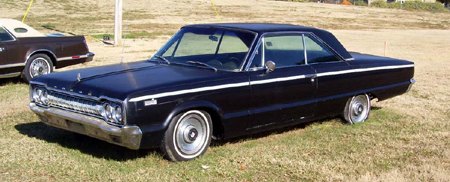














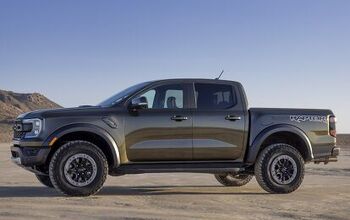

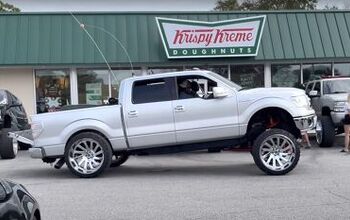

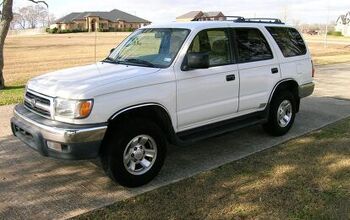
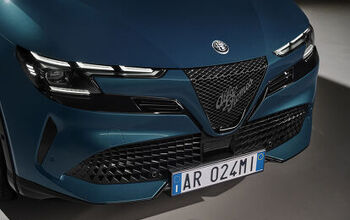
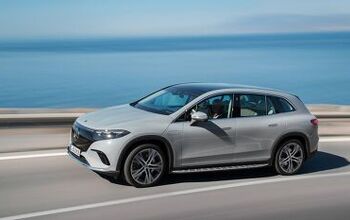
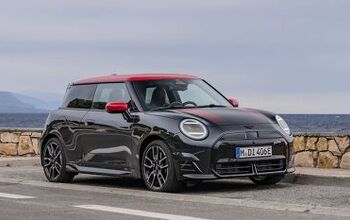

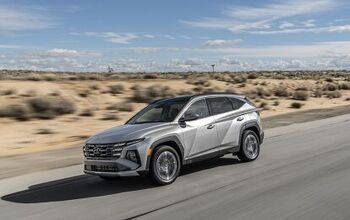

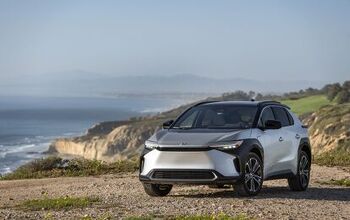


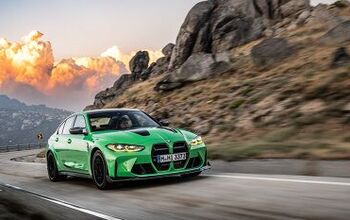

Comments
Join the conversation
I had a '61 Corvair. Even Chevy's manual recommended 15 (!) psi F and 25 R on its 6.50x13 tires. The result was a car that was really sloppy. What turned it into a fun ride in the esses was a front swaybar and transverse rear "camber compensator" leaf spring. Both of those items became standard issue on the '64 models. Upping the pressures to 24/30 F/R gave it a very nimble feel and the ability to embarrass MGs and Triumph TR3s. Really was a Poor Man's Porsche, albeit limited to about 4500 rpm by a long and loopy fan belt, and really scary brakes.
Heh. I learned to drive in farm trucks. These things all had 'quirks'. The one truck (a 300 some odd cubic inch ford with three on the tree) had brakes that required a minimum of two pumps to do anything at all and a towering first gear requiring very careful clutching to avoid rooster tails. The other truck was a four on the floor chevy with a 300 some odd cubic inch v8 whose shifter occasionally came loose (just cram it back in) and had a very low first gear making it really hard not to trigger a rooster tail. That being said, the worst ever handling car I drove was a Volkswagon Fox POS. The idea of hanging an engine on one side off the front of an axle was spectacularly stupid and made a car that was nearly impossible to drift. It tried really hard to kill me. Now I drive a massive two box with an engine that works, a transmission that does what it's supposed to and four wheel abs-equipped disk brakes. Every once in a while, I trot out the old driving skills honed from those years on the farm and scare the pants off the family, but it really isn't as fun.